|
Gauguin's work was, until just 26 January 2020, on display at the National Gallery. Gauguin fits pleasingly into many of our clichés of an artist, particularly of the 19th Century. He was not appreciated in his time, selling very little work. He died in poverty (in his 50s) and was achingly misogynist, leaving his family to exploit young girls in Tahiti. He's paintings are pretty good though. I don't intend to talk about him so much but instead about the exhibition. Being impressionist it is of course super-colourful, as can be seen by the picture of Jesus in the Garden in Olives (above). In a breathtaking act of narcissism, Jesus bears more than a passing resemblance to the man himself. I really like the thin stripes of colour all pointing in the same direction. The show starts with self-portraits and then moves in chronological fashion through Gauguin's life, starting in Paris and then Brittany, Tahiti, back to Paris and finally Tahiti. The painting above is from the early Paris era. I don't intend to talk about the show in such a fashion. I have just picked out a few of my favourite pieces.
Let us return to the beginning, with this picture of two people meeting at a gate (above right). I believe the male figure is the artist himself. The skeletal trees and the white faces of the figures give a menacing feel to the painting, which sets off the purple-strewn ground around it. There are, in addition, a number of portraits. They range in subject but there are the usual obligatory portraits of middle-aged men in black, as in the above left. I do like his swirly moustache, which stands out nicely against that opalescent green background. In addition to Van Gogh, Gauguin was a friend of another artist called Merjer de Haan. There were a number of portraits and pictures of de Haan in one room, and I particularly liked one done quite simply in pencil. Gauguin also did a fine line in wood sculpture. An example is the sculpture of de Haan (above right). It is like some grumpy spirit or angry tree god. Guaguin then left to go to Tahiti, where he famously sleept with a number of disturbingly young people. He married one of them and painted her (above left). It is a striking picture. That glowing yellow contrasts superbly with the flowing purple backdrop. The way he captures her pose, with a sense of movement. It is the kind of painting you can gaze at for hours. He produced a number of paintings in this period, playing with marrying Tahitian tradition and Western art. Of course he produced some classical works such as this self-portrait (above right). This gallery included more wooden sculptures, figures flowing out of the wood. Plenty more yellow.
I have shown two of them. They were amongst my favourite in the show and I spent most of my time looking at them. The one above was probably my favourite piece on display. The flowers are beautifully rendered and the colour scheme is excellent.
So despite his obnoxious personality his stuff is worth seeing, so go and see it.
0 Comments
Dora Maar, a name I only heard last year, but who it turns out has a face that I have seen in a number of different forms, has a show of her work at the Tate Modern. She was annoyingly talented both as a photographer (for which she is arguably more famous) and as an artist. In addition to this, you will have seen her head mangled in various ways countless times as she was a repeated muse (and lover) of Picasso. Several of those paintings are in the show, as are her paintings of him. She did both fashion, portrait and art photography. The last of these was the most engaging and she produced a number of striking images, like the hand reaching out of the shell (above left) with the two-toned ominous sky. There were some others that really appealed to me: a knight on a chessboard with an equestrian statue in the background and one of her face doubly reflected as though viewed through broken glass. She photographed herself a number of times and there was a fine wall showing these in various different sizes. She had a strong face. The photographs are good, and if you are a fan of photography then I highly recommend them. However, for me her drawings and paintings are much more interesting. She turned the table on her erstwhile paramour rendering him in much the way he rendered her, dissected and disjointed (above left). He looks like a camp clown. I like the box on the left cheek like some invading coffee cup. One painting really struck me (above right). It is, I assume, a portrait of a woman. I like the straight lines of alternating blue and gold that descend into the shadow of the strange face/platform. I also like the way the cone contrasts with the wavy hair. I found this fairly captivating and spent some time in front of it. The exhibition then shows Maar's journey from the cubist and abstract (above right) to a more realist and social, observing style (above left), shown excellently by this striking double portrait of two women. I like the two-tone red. It can be very effective having an almost constant backdrop colour. Of course, it is in fact not all one colour. The red bisects along the middle changing tones from dark to light. It is a scheme I have seen a number of people deploy and I may give it a try. This painting is also deceptively simple, but it is a piece of gentle contrasts. There are a number of paintings like this, some more figurative, some more abstract. Some of them work very well, some of them are not very interesting, but some of them have a very dynamic quality that makes them interesting. In the final room there was a large rectangular screen on which was projected, changing every few seconds, large and mainly monochromatic abstract pieces. They are quite effective displayed in this way, but facing them was this display above. Again, it is a combination of simple-seeming ink paintings and very yonic photographs. Messages are hidden within the blurs. I have been wittteringly pretensious , but this particular display very much appealed to me. I have always been drawn to Korean/Japanese and Chinese ink paintings, and some of these had the same aesthetic. It was also a very good move mounting them on a black wall.
This post has probably obscured more than it has revealed, but Maar's body of work is a very interesting one and is worth seeing. |
Archives
June 2024
Categories |

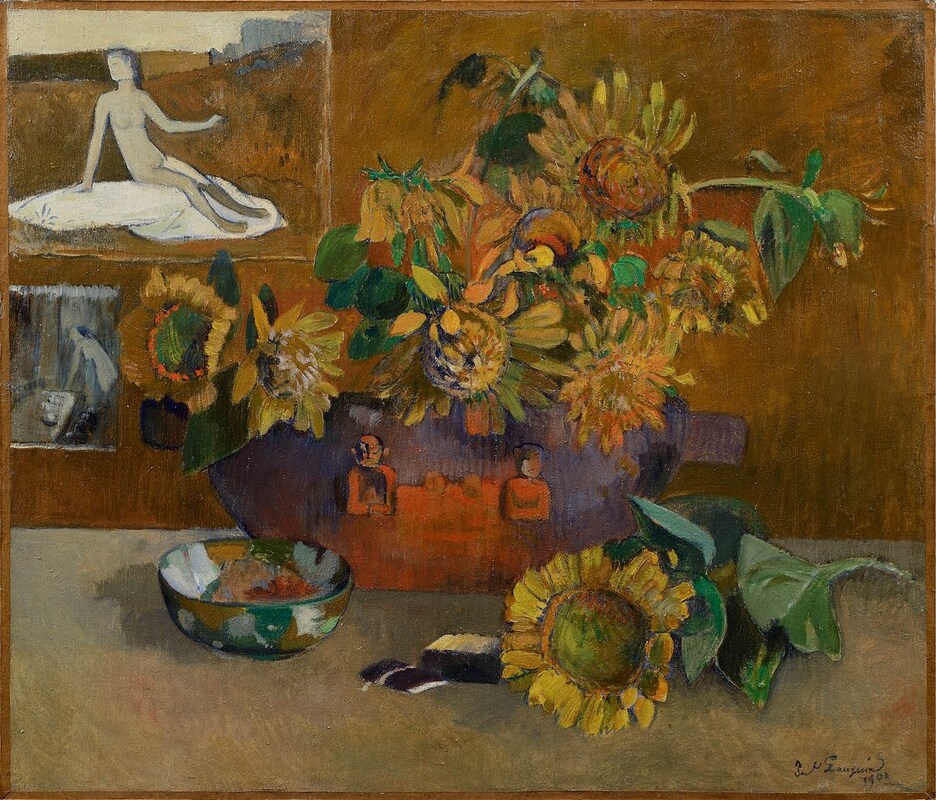
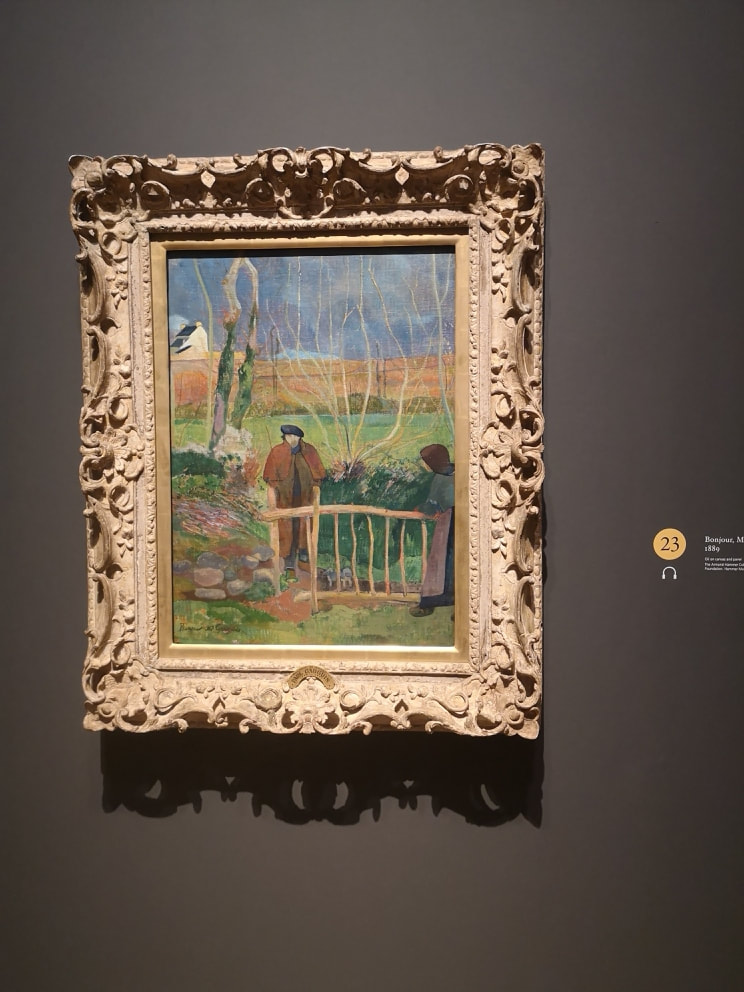
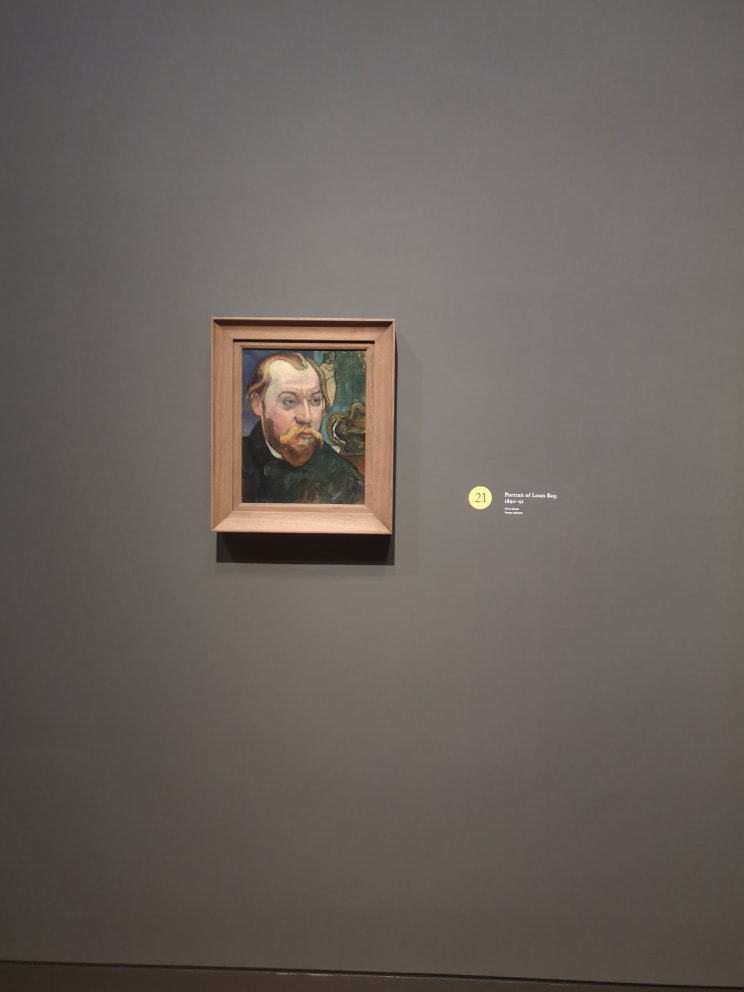
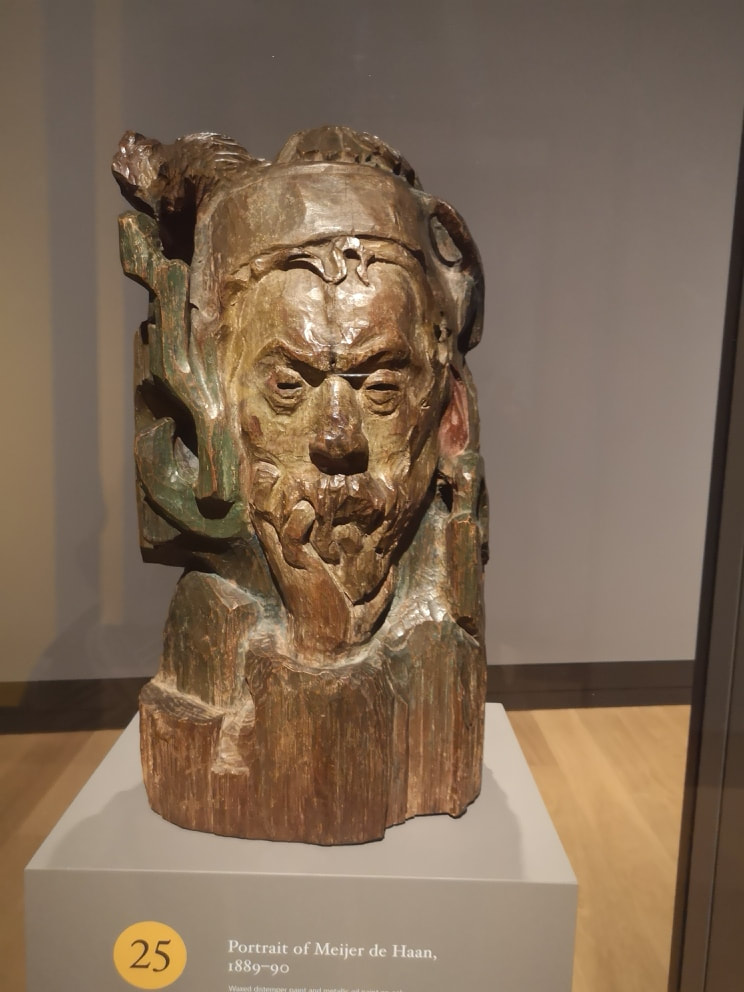


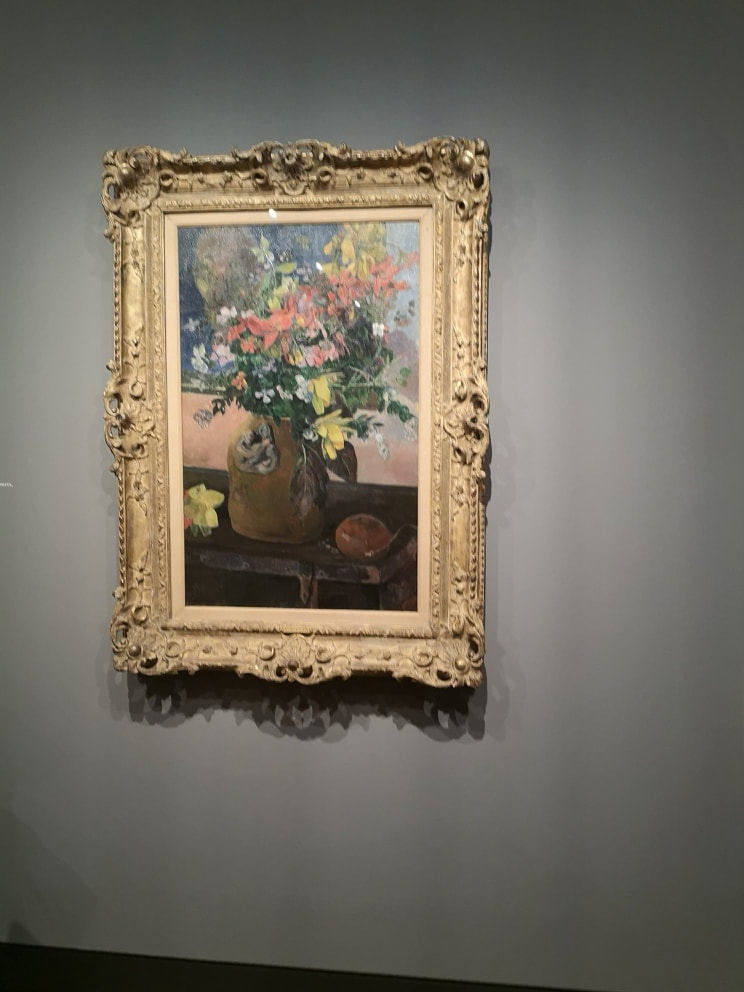

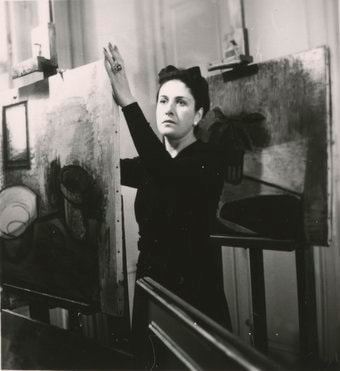
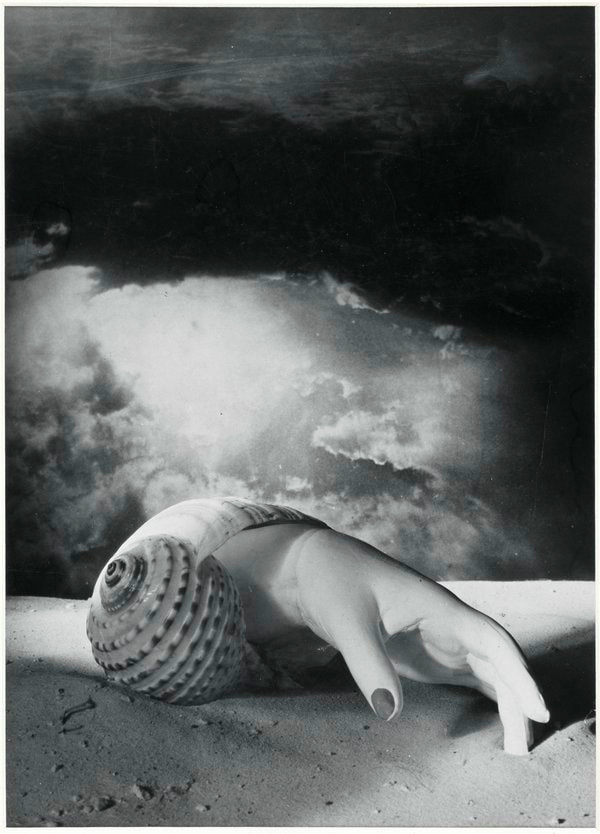
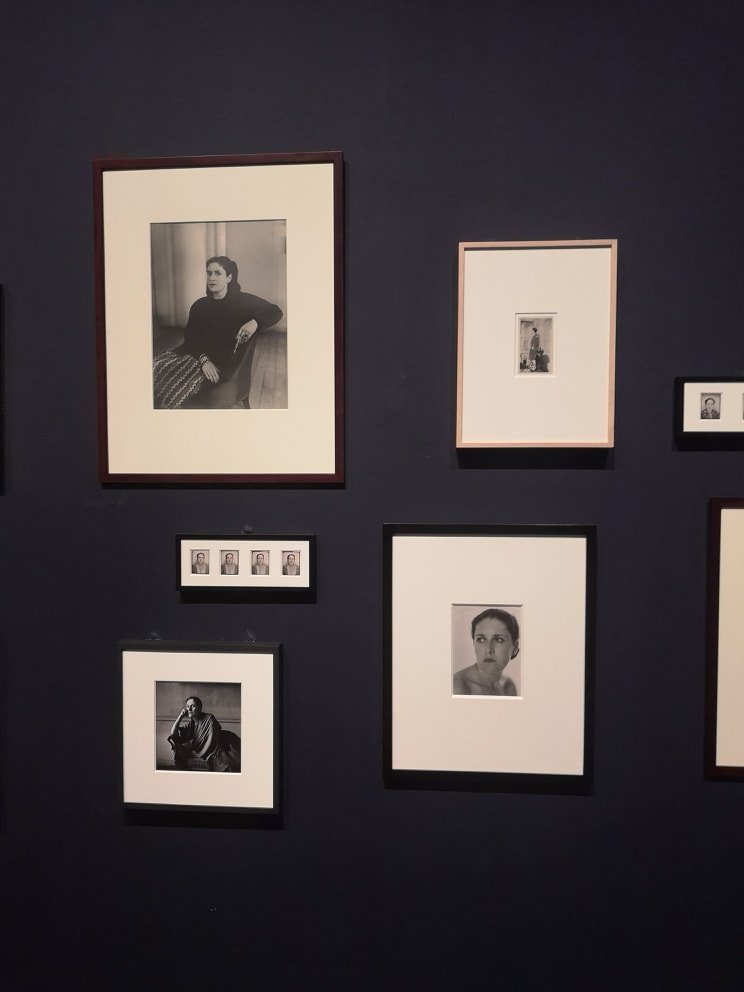
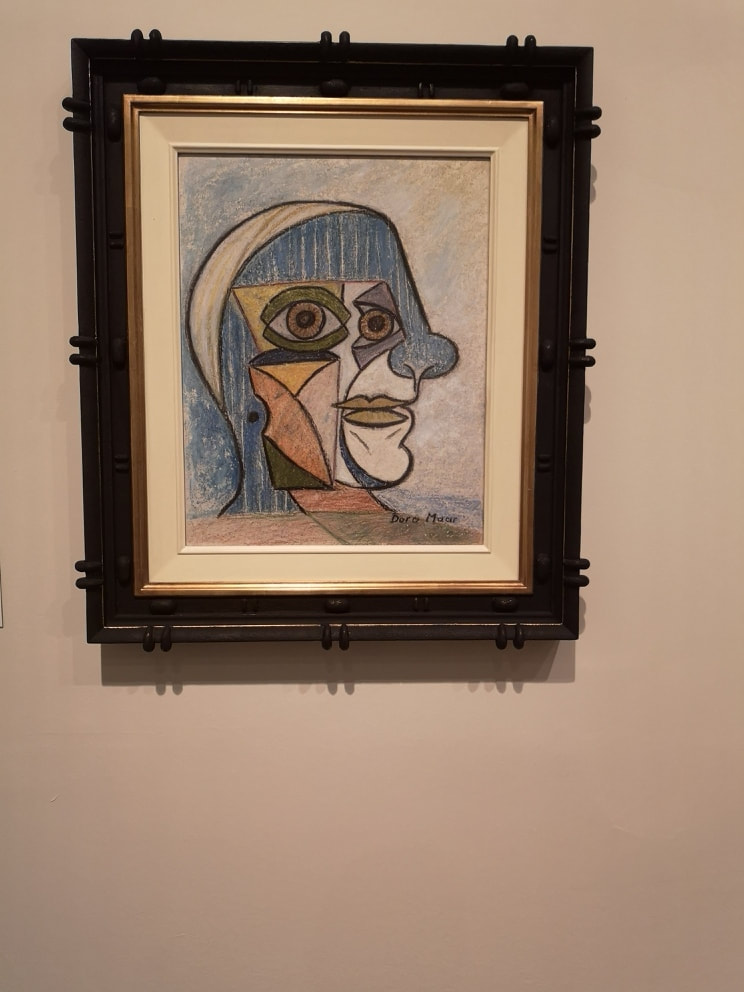


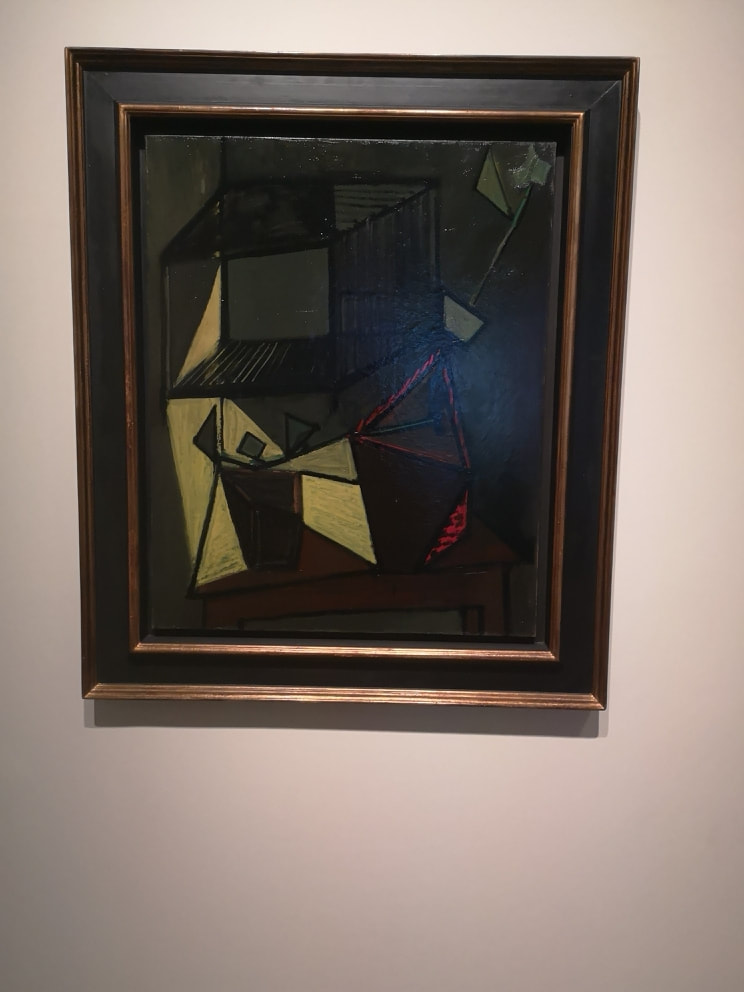


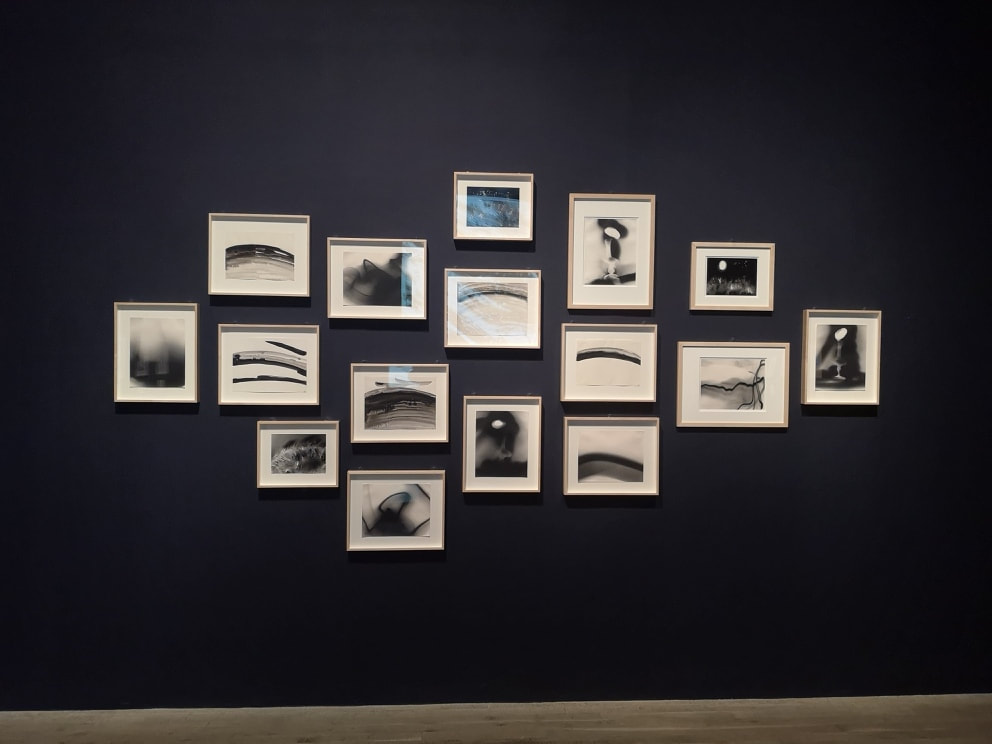
 RSS Feed
RSS Feed